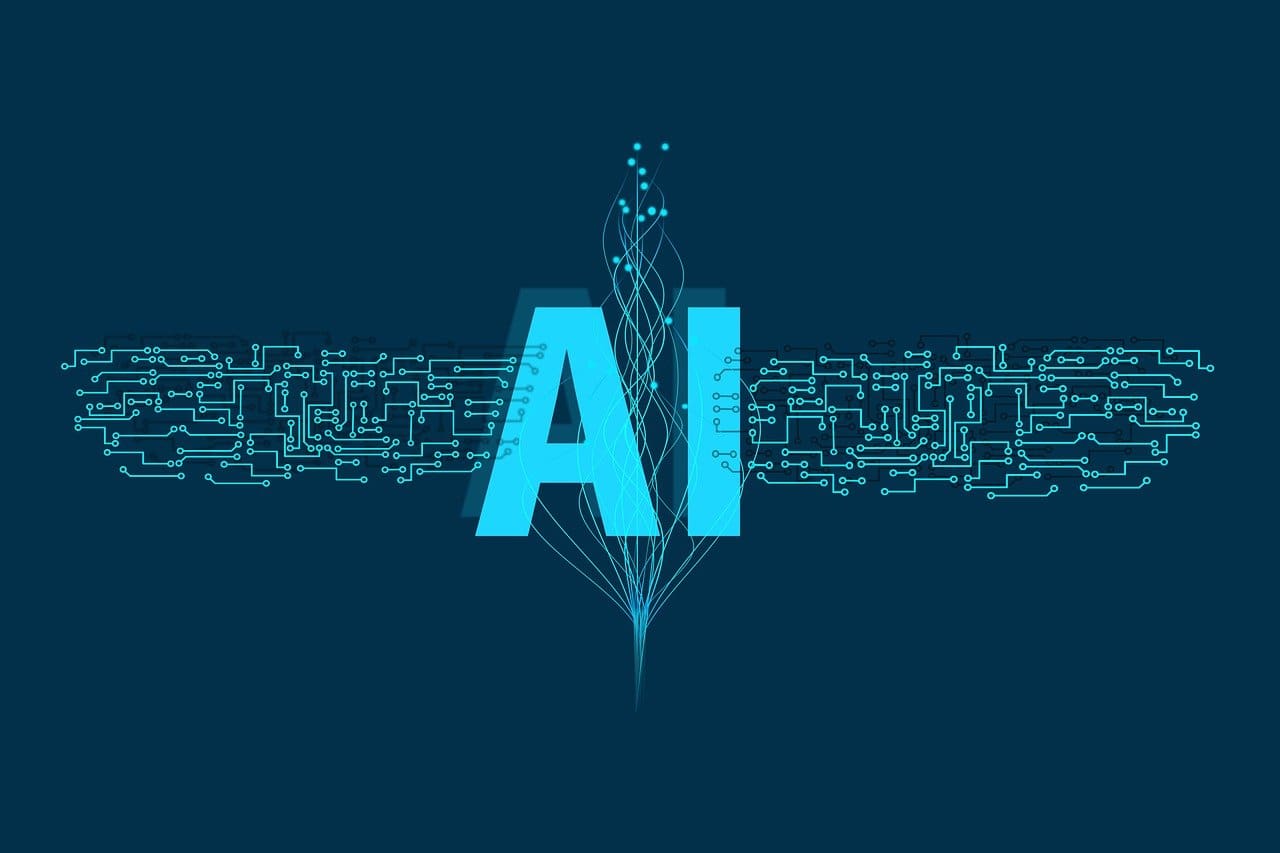Artificial intelligence and Context-Dependent Learning are both related to information technology. Both of these areas discuss how machines can operate using human intelligence. However, the expansion of applications is very different when it comes to both of these areas.
Key Takeaways
- Context-dependent learning focuses on acquiring knowledge and skills in specific contexts, leading to better recall and application in similar situations.
- Artificial intelligence (AI) involves the development of computer systems that can perform tasks requiring human intelligence, such as learning, problem-solving, and decision-making.
- AI systems can incorporate context-dependent learning algorithms to improve their ability to adapt to new situations and environments.

Context-Dependent Learning vs Artificial Intelligence
The difference between Context-Dependent Learning and Artificial Intelligence is that context-dependent learning is applied vastly in real life compared to artificial intelligence. The applications of context-dependent learning are dependent upon a human-centric approach. AI and contextual learning both areas use human intelligence to create machines.
Context-dependent learning, or contextual learning, is not limited to machine learning (ML) and algorithm. It also helps to track various human-centric activities like analytical data with the help of artificial intelligence.
Artificial Intelligence or AI refers to the machines or software made using human intelligence. AI uses human intelligence to create intelligent machines that think just like humans. Artificial intelligence is today used in business, healthcare, education, finance, law, manufacturing, banking, transportation and many other sectors.
Comparison Table
| Parameters of Comparison | Context-Dependent Learning | Artificial Intelligence |
| Definition | Context-dependent learning’s are the prototypes of real-life scenarios. | Artificial intelligence means the intelligence of machines that are fed to them by humans. |
| Applications | Contextual learning is applied to make machines more human-like. | AI helps machines to perform various tasks that are mainly designed for people. |
| Primary Objective | The primary focus of contextual learning is to bring machines and humans closer. | The primary focus of AI is to make machines capable enough to solve complex problems like humans. |
| Learning Procedure | Contextual learning not only focuses on algorithms to make further improvements but also learns from human approaches. | Artificial intelligence mainly focuses on algorithms for learning patterns and making decisions. |
| Reasoning | The reasoning procedure is human-centric while using a machine. | The reasoning procedure is more machine-like by using suitable algorithms. |
What is Context-Dependent Learning?
The modern generation is becoming more and more dependent upon machines. Humans are building these machines by using artificial intelligence. They are making these machines by using human intelligence.
However, the machines are acting like humans while working. They may provide factual errors in terms of data providence. Using machine learning, contextual learning helps humans study and reach more accurate conditions.
In other words, contextual learning is not only dependent upon algorithms. Algorithms can sometimes provide factual errors as it does not have their intelligence. That can make the total procedure faulty and not error-free.
Contextual learning tries to study and create more prototypes in a research environment. This helps to develop various other possibilities for almost human-like mechanical activities. Contextual learning wants to reach the maximum capability for machines to act like humans.
Various chatbots and virtual assistants are becoming more and more improved and human-like by using contextual learning. Artificial intelligence has its limitation when it comes to providing human-like experiences.
What is Artificial Intelligence?
Artificial intelligence refers to the intelligence of machines that are made with human intelligence. Any device, such as mobiles, computers, and robots and so on, is an example of artificial intelligence. Artificial intelligence is making human life easier day by day.
Machines and software like Alexa and Google Assistance are developed with the help of artificial intelligence. They have their own language processor and speech recognizer.
Artificial intelligence is not similar to coding languages such as Python or Java. However, AI is created with the help of these coding languages. Every AI has two parts, one is hardware, and another is software.
The hardware is the outer part of the machine that is visible to the human eye. On the other hand, the software is created with the help of codes and human intelligence.
The software is written so that machines can understand human behavioural patterns. The devices then create their own patterns and act accordingly. This mechanical pattern is known as the algorithm.
Machines use these algorithms to choose the correct tasks they need to perform next. Appliances are constantly improving their algorithms by scrutinizing human behavioural changes.
The constant algorithm improvement makes the machines perform the tasks quickly and more accurately.

Main Differences Between Context-Dependent Learning and Artificial Intelligence
- Contextual learning is a developmental process for improving artificial intelligence, whereas artificial intelligence has real-life applications.
- Context-dependent learning is trying to make more human-like experiences performed by machines. Artificial intelligence, however, is still not human-like.
- AI is trying to develop its applications in the present scenario of machines and context-dependent learning.
- Artificial intelligence is limited to algorithms, whereas context-dependent learning is beyond algorithms and machine learning.
- Artificial intelligence can be faulty, and context-dependent learning is trying to reach more advanced ways of generating the desired result